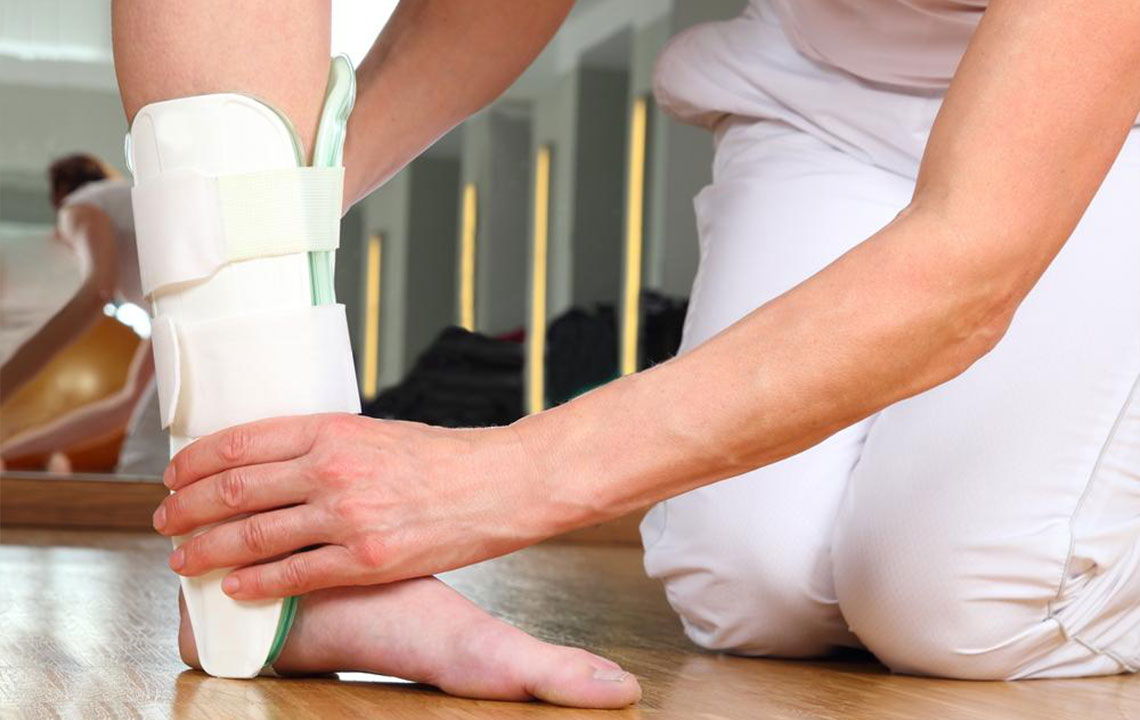Drop Foot Braces To Help You Walk More Easily

Foot drop or drop foot is a condition where your leg or calf muscles weaken either due to paralysis, or a serious injury. This affects your stride and causes you to drag your foot while walking because of your inability to lift it up. But there are ways you can avoid yourself from dragging your feet. Read further to understand how you can treat drop foot.
What Is Drop Foot?
As mentioned above, drop foot leads to difficulty in moving your feet. This is the result of an injury or paralysis and is not actually a disease. The simplest way to diagnose this condition is by trying to walk on your heels. If you find this to be difficult, you may have drop foot.
Most commonly, a condition in your lower back affects your nerves that connect to your leg muscles and lead to a drop foot.
Foot Drop Characteristics
While it looks simple and straightforward, foot drop is actually a complex condition. Sometimes it can cure on its own, other times, it might require a detailed surgery.
If you have a herniated disk in your back bone that results in drop foot, curing this can cure drop foot as well. But if you have consistent issues with the muscles that are attached to these nerves, then the drop foot will persist.
Sometimes, you can be affected by this condition even without any other signs or symptoms beforehand. The dropped foot will be the only symptom and you’ll feel pain or a tingling or a burning sensation along with the drop foot.
Foot drop causes lack or complete loss of balance while walking, making you unable to walk without assistance. Both your feet are equally prone to being affected by this condition.
Foot Drop Treatment: Drop Foot Braces
Drop foot treatment depends on the underlying cause that leads to this condition. One popular treatment includes the usage of drop foot braces, which is also the first treatment given by doctors.
Drop foot braces [also known as Ankle Foot Orthotics (AFOs)] are the first line treatment where a splint or brace is attached to the affected foot to give you more stability and help you walk with more ease. They keep the ankle at a 90° position that keeps your foot from dropping. They are mostly carved from polypropylene and fitted into your shoes to prevent tripping and give you a steadier stride.
How Do Drop Foot Braces Work?
There are two basic ways your ankle flexes to allow you to walk freely—Plantarflexion and Dorsiflexion.
Plantarflexion is the movement of your ankle that causes downward movement of your foot. Similarly, Dorsiflexion causes upward movement of the foot.
Drop foot braces work by refining this movement of the ankle to help you walk.
Types Of Drop Foot Braces
Short Leg Braces With A Fixed Hinge
These braces have a fixed hinge, which means that they don’t flex at the ankle. They’re extremely lightweight and can fit into your shoes easily. These braces offer good support and control if you have a flat foot and suffer from drop foot. It also reduces the unwanted motion of your ankle that generally comes along with drop foot.
Dorsiflexion Assist Braces
As the name suggests, these braces help you move your ankle for the upward motion of your foot. A spring like hinge helps you raise the foot as you take it off the ground. These are best suited for patients who have a mild to moderate condition of drop foot and weigh less than 225 lbs.
Plantarflexion Stop Braces
These braces are meant for people who are slightly heavier. They stop the downward movement of your foot to avoid you from tripping. They have a bulky shape and are only recommended for people with a more severe condition of drop foot.
Solid Drop Foot Braces
These braces not only work on the downward movement of your foot but also assist you with the upward movement. These braces are helpful for people who suffer from extreme cases of drop foot resulting in little or no control on the dorsiflexion movement of the ankle along with an unstable knee. They’re very bulky, but give you tremendous control on your stride.
Energy Return Braces
These braces use a natural flex as a built-in feature that helps with the dorsiflexion movement of your ankle. They are made of carbon graphite and give you great control while being extremely light weight. This type of braces also comes in different models depending on the severity of your drop foot.
Drop foot can be extremely annoying and also has high chances of causing injury because of tripping. Consult with your doctor to understand which type of drop foot braces better suit your condition and body structure to help combat this condition.


